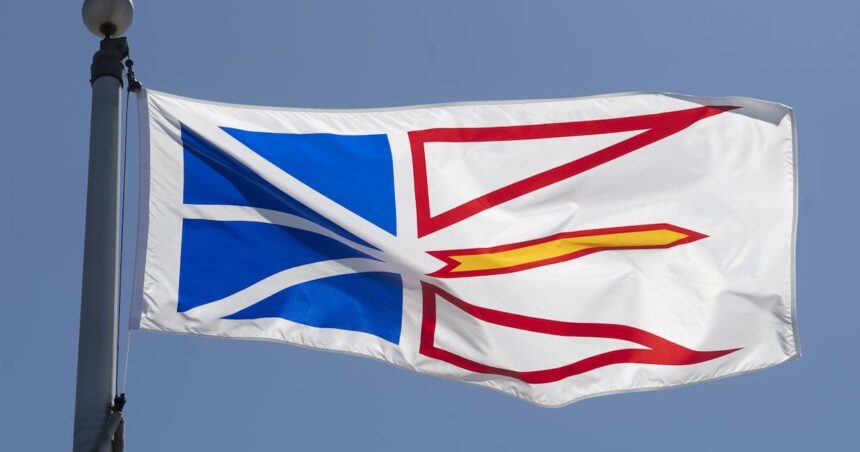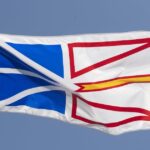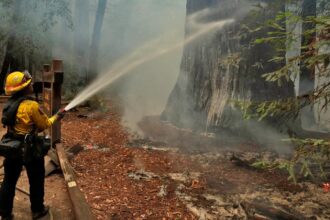The skies over Newfoundland’s historic Bonavista Peninsula have turned an ominous orange-gray as what officials are now confirming is the largest wildfire in provincial history continues its relentless advance through the region’s boreal forest. The blaze, which ignited following a lightning strike during an unusually dry spell earlier this month, has consumed over 38,000 hectares of wilderness and forced the evacuation of seven coastal communities.
“We’re dealing with an unprecedented situation,” said Provincial Fire Chief Miranda Holloway during yesterday’s emergency briefing. “The combination of unseasonably high temperatures, persistent drought conditions, and strong easterly winds has created the perfect storm for this fire’s explosive growth.”
Satellite imagery analyzed by Environment Canada reveals the fire has nearly tripled in size since Monday, surpassing the previous provincial record set by the 2013 Labrador wildfires. The rapid expansion has overwhelmed local firefighting resources, prompting federal authorities to deploy water bombers from neighboring provinces and military personnel from CFB Gander to assist with containment efforts.
For residents of the affected communities, the evacuation has been particularly traumatic. “Three generations of my family have lived in that house,” said James Parsons, 67, a fisherman from the community of Bonavista, as he watched news footage of firefighting efforts from a temporary shelter in Clarenville. “Everything we own, everything we’ve built – it’s all there, and we have no idea if it will survive.”
The CO24 News meteorological team reports that while cooler temperatures are expected by week’s end, the immediate forecast offers little relief. Strong winds are predicted to continue pushing the fire eastward toward several more communities, including the UNESCO World Heritage site at Trinity.
Provincial officials estimate that approximately 1,200 residents have been displaced so far, with emergency services establishing temporary shelters in Clarenville, Port Union, and St. John’s. The Canada News desk has confirmed that federal disaster assistance has been activated, with Prime Minister Shelby authorizing emergency funds for affected communities.
Environmental scientists note that the severity of this fire aligns with climate projections for Atlantic Canada. “What we’re witnessing on the Bonavista Peninsula represents exactly the kind of extreme fire behavior that climate models have predicted for this region,” explained Dr. Elizabeth Chang, climate scientist at Memorial University. “With warming temperatures extending fire seasons and creating drier forest conditions, what was once considered extraordinary may unfortunately become more commonplace.”
The economic impact could be devastating for the region, which relies heavily on summer tourism to coastal communities and historic sites. The Bonavista Peninsula, with its iconic lighthouses and puffin colonies, typically draws thousands of visitors during the peak July-August season. Local tourism operators now face an uncertain future, with bookings being cancelled en masse.
Provincial emergency management officials are coordinating with CO24 News to provide regular updates on evacuation zones and air quality warnings. Residents in unaffected communities are being advised to prepare emergency kits and evacuation plans should the fire continue its expansion.
As Canada grapples with what is already shaping up to be one of its most destructive wildfire seasons in recent memory, the question emerges: is this the new normal for Atlantic Canada, a region historically spared from the devastating wildfires more commonly associated with the country’s western provinces?























